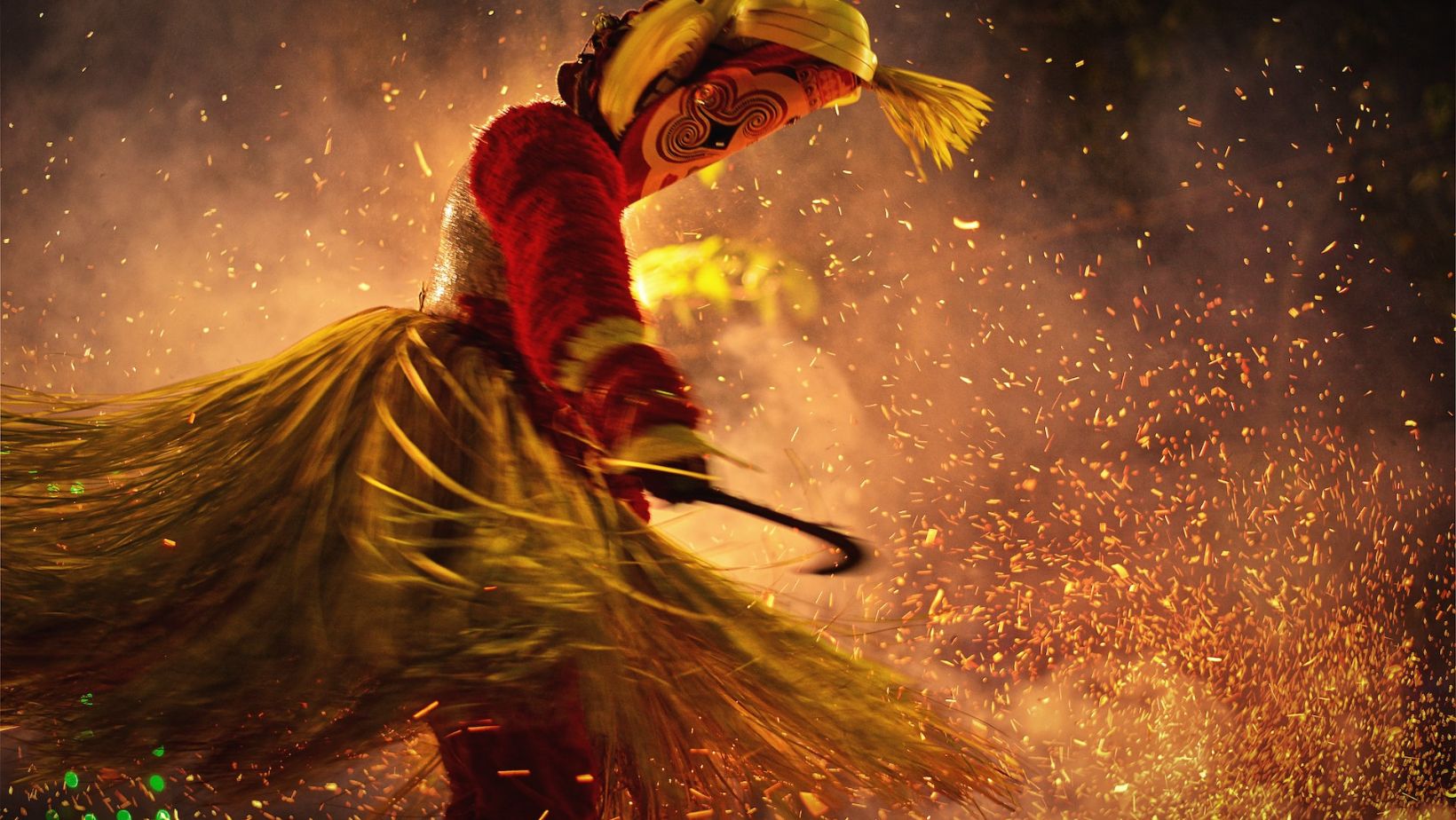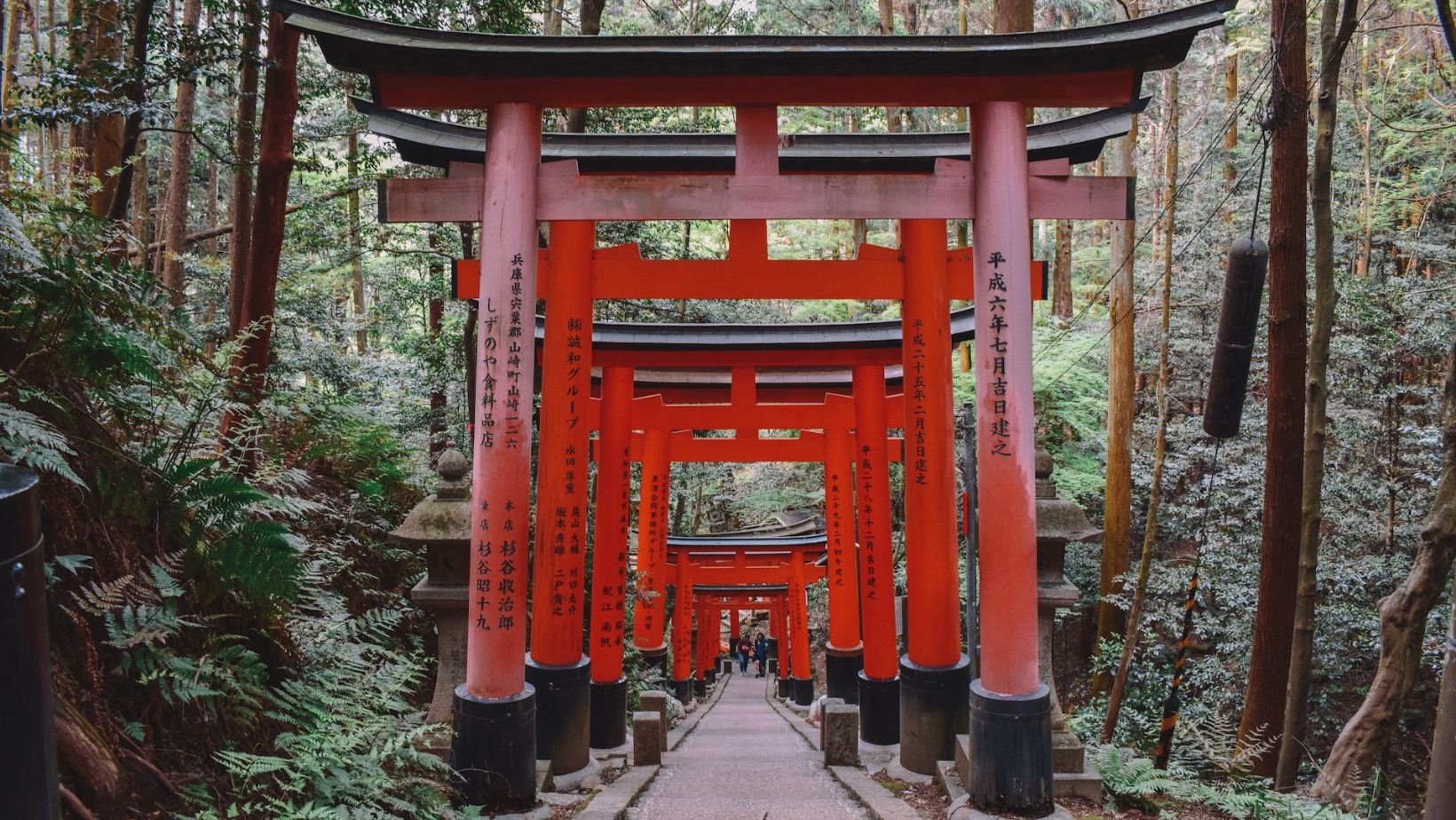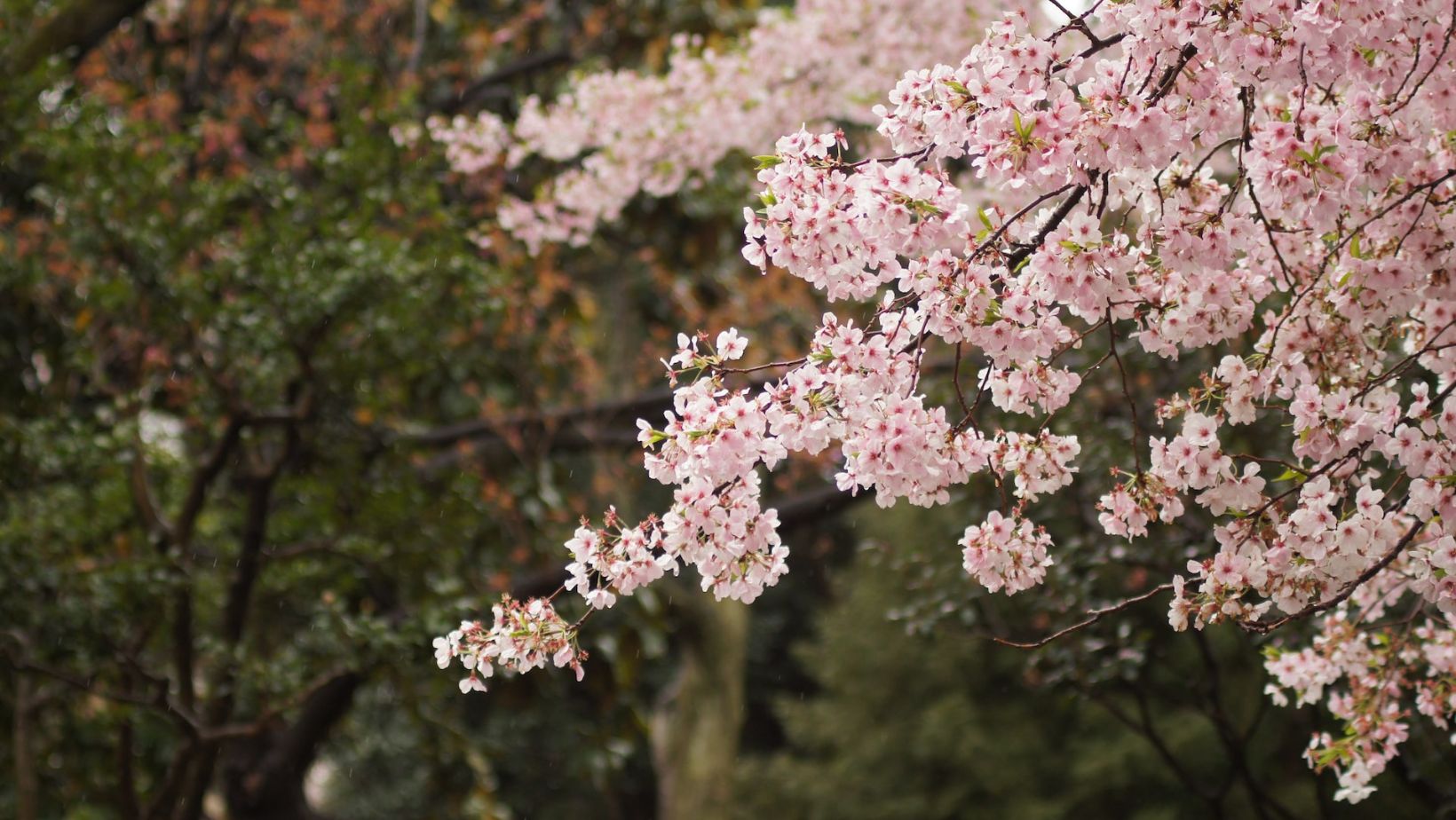
Traveling is an opportunity to immerse oneself in the fascinating traditions that have been woven into societies for decades, not merely to check places off your bucket list. These ancient rituals of roaming offer a glimpse into the character of a location and its inhabitants. We set out on a tour through some of the most intriguing, long-standing travel customs from throughout the world in this post. So be ready to explore and prepare your virtual baggage!
Key Takeaways
- Diverse civilizations from all around the world have treasured and kept special travel customs that provide light on their history.
- By introducing you to regional traditions and ancient customs, exploring these wandering rituals can improve your travel experience.
- These customs, which range from Spain’s La Tomatina to Japan’s Hatsumode, provide an enthralling fusion of entertainment and cultural knowledge.
Hatsumode: A New Year’s Shrine Visit in Japan
Wishes and Blessings for the New Year!
Few customs are as charming as Japan’s Hatsumode when it comes to ringing in a new year. This traditional custom is to go to a shrine in the first few days of January in order to ask for blessings for the next year. As both residents and visitors congregate to pay their respects, give prayers, and buy omamori (protection charms), the atmosphere is electric. It combines community building and spiritual refreshment in a beautiful way.
- Lucky Charms Abound: Each omamori has a special benefit, such as protection from harm when traveling, good health, or academic achievement.
- Don’t miss the opportunity to ring the shrine bell; it is thought to ring in good luck and fend off evil spirits.
Spanish Tradition of Tossing Tomatoes, La Tomatina
Bright Colors and Fun Splatters!
For La Tomatina, Spain’s messiest and most merry event, hold onto your hats (or tomatoes, perhaps). The peculiar custom is observed in the little village of Buol on the final Wednesday of August. A friendly tomato battle breaks out, turning the streets into a sea of crimson pulp. It’s a time to unwind and celebrate pure, unadulterated enjoyment while paying homage to the town’s lengthy history.
- Tomato Facts: During this tomato combat, about 100 metric tons of tomatoes are squeezed and crushed. That much ketchup is a lot!
- Cleaning crew: Following the fun, neighborhood fire vehicles use water hoses to wash the streets, transforming Buol into a huge tomato soup pot!
Mexican Holiday Known as “Dia de Muertos”
Vibrant Celebrations Honoring Ancestors!
During Dia de Muertos or Day of the Dead, Mexico celebrates death as a normal aspect of life. Pre-Hispanic indigenous traditions and Catholicism are combined in this multi-day event, which normally lasts from October 31 to November 2. To commemorate and remember loved ones who have passed away, families assemble elaborate altars that are decorated with marigolds, candles, and donations. It’s a happy celebration that honors life’s continuation even after death.
- Calaveras, or sugar skulls, are elaborately adorned and frequently customized with the names of the deceased.
- Festival food: In remembrance of the deceased, family and friends enjoy traditional dishes like pan de muerto (bread of the dead) and sugar-coated skulls.
Hanami: Japanese Picnics for Viewing Blossoms
Picnic Under a Petal-Fringed Canopy!
Japan is included on our list once more, with the wonderful custom of hanami. In the spring, when cherry blossoms, or sakura, bloom all throughout the nation, locals and tourists alike throng to parks for picnics beneath the blossoming trees. The sight of pink and white petals falling like confetti and creating a dreamlike environment of beauty and community is enchanting.
- Cherry blossoms are a fleeting emblem of beauty that reminds us of the impermanence of life and the need to cherish the here and now.
- Bento Beauties: Bento boxes laden with delectable snacks are a need for hanami picnics in order to complete the visual feast.
TSS Visa: Travel and Employment in Australia
Keeping Work and Adventure in Balance
Speaking about travel customs, Australia’s TSS visa program promotes multiculturalism by allowing talented workers from throughout the world to live and work there. With the Temporary Skill Shortage (TSS) visa, travelers can work in Australia for up to four years while taking in the lively local culture. It’s a well-liked option for people wanting both adventure and professional development since it’s a distinctive combination of professional development and introspective inquiry.
- Exploration outside of work: While working in Australia, take advantage of your weekends to visit well-known places like the Great Barrier Reef and the Sydney Opera House.
- Cultural Exchange: Get involved with the neighborhood communities and learn about the rich cultural diversity that Australia is proud to provide.
Final Thoughts
Traveling through time-honored customs gives your trip more depth and character. These customs provide a special fusion of fun and cultural knowledge, whether you participate in the tomato-throwing frenzy of La Tomatina or seek blessings at a Japanese shrine during Hatsumode. As you travel the world, keep in mind that learning about local traditions not only enhances your experience but also promotes appreciation for other cultures. Therefore, the next time you’re making travel plans, think about integrating these wandering rituals into your schedule. Who knows, you may end up throwing tomatoes, admiring cherry blossoms, or ringing in the New Year in ways you never imagined! Keep in mind that traveling is about more than simply the destinations you see; it’s also about the adventures you have, the memories you make, and the customs you adopt. Happy exploration!










